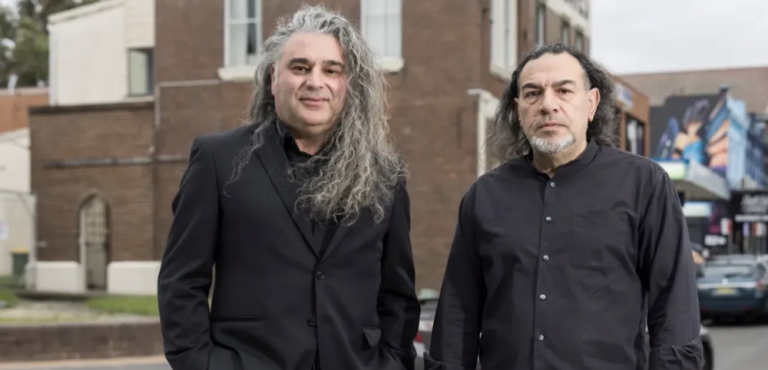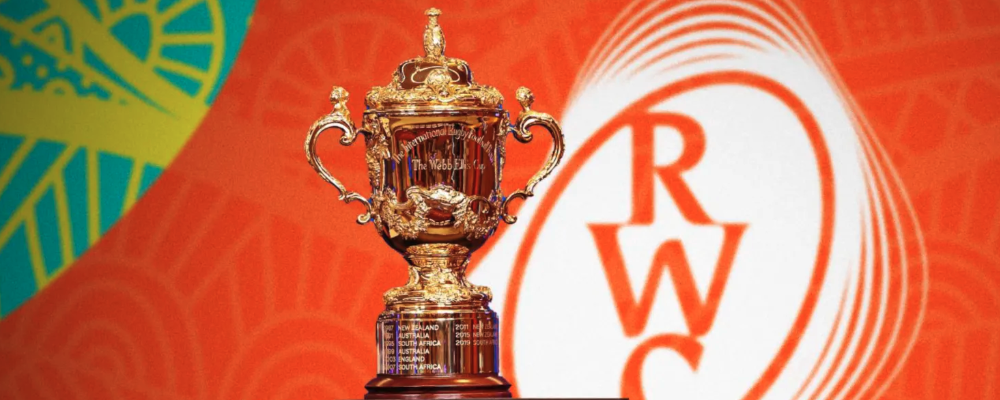
When greenwash turns to toxic sludge
As if the Gulf of Mexico disaster, Iraq War, and Global Warming weren’t good enough reasons to embrace their own unpopularity, Big Oil wants to rub vinegar in the wounds with a new campaign that hijacks staple techniques of prankster activism, all the way from street art up to internationally acclaimed troublemakers The Yes Men.
Oil giant giant Chevron’s new “We Agree” campaign promotes a kinder future for oil, with greater concern for local communities and the way that profits are used. But it seems destined to fail for the simple reason that many of the creative and credibility types they hired just weren’t for sale.
In September, part-time actress, eco-blogger and founder of Reel Green Media, Lauren Selman, was called for a casting in one of Chevron’s new split-screen t.v. ads. After attending, observing, and voicing harsh objections to the companies’ clandestine efforts to spy on South American activists, she decided not to wait for a callback.
Instead, she leaked to Amazon Watch, The Yes Men, and Rainforest Action Network (RAN), who had also been contacted by Washington street artist Cesar Maxit. Maxit had agreed to wallpaper-glue posters for the new campaign on the capital city’s streets. Once he had the artwork files, he forwarded them to the rainforest campaigners who went straight to work hijacking the campaign.
Tame enough to seem credible, but strong enough to demand attention, the groups set up a website www.chevron-weagree.com and launched it with a press release blitz just hours before the ‘authentic’ www.chevron.com/weagree was due to go online.
Chevron’s Benetton-style images of happy, colourful natives and tag lines like “Oil Companies Need To Get Real” were subverted even before becoming public. They were pre-empted by the less ambivalent “Oil Companies Should Clean Up Their Messes”, “Oil Companies Should Fix The Problems They Create”, and “Oil Companies Should Put Safety First”.
These messages were accompanied by pictures of Amazonian natives, workers, and children, beset by discarded oil barrels and black sticky waste in their daily lives.
Authentic-looking and apparently signed-off on by the company’s executive, the seemingly candid new-look of Chevron was brought to America by TV news and online media.
Trying to get her ad spend back on the front foot, Rhonda Zygocki, Chevron’s VP of Policy, Government and Public Affairs not only had to deny these apparent truths, but took it further by providing further evidence for accusations of Chevron’s insincerity. “This hoax is part of an ongoing effort to blame Chevron for 16 billion gallons of crude oil spilled in the Amazon during drilling operations. This blame game continues despite Chevron’s long-standing agreement with the Ecuadorian government which very obviously puts the issue behind us.”
Barely a week old, Chevron’s multimillion dollar multimedia attempt to rebrand itself and the oil industry has massively backfired. The groups it sought to neutralize have launched an online feeding frenzy. Online contests have already produced hundreds of remixed magazine ads, billboard alteration kits, and even video ads which may yet air on American, and possibly global, television. Even in the world of New Media, this heralds a new era.
These ads effectively eviscerate the Chevron campaign but more than that, they unearth for the media spotlight many consequences of oil recklessness previously ignored, hidden, or forgotten. Effectively, Chevron has handed a very large microphone to the thousands of critics they sought to silence. They’re probably thinking that they have made a big mistake.
We Agree.
See also www.chevronthinkswerestupid.org
By Roger Hanney









